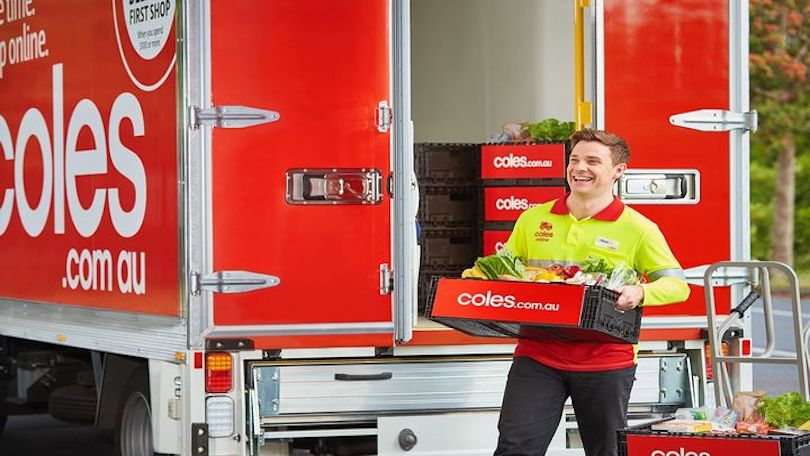From Coles to Amazon: how to get your brand on the shelves of big retailers

You’ve spent years tirelessly working on the development and roll-out of your product and it’s looking pretty impressive. But unfortunately, that’s not enough to catch the eye of major supermarkets or marketplaces. The devil’s in the detail.
Have you got the right barcodes? Do you have accurate product data and a wide selection of clear, attractive photography that retailers can use on their sites and in their catalogues?
“Retailers are trying to satisfy their consumers and those consumers are becoming much savvier. They want as much information as they can get about brands,” explains Mark Blitenthall, manager of service engagement at GS1 Australia.
“So, the retailer is expecting the same from the brand. They want to help suppliers make as much of their information available to consumers as possible, but they also want to service consumers to the best of their ability.”
Great photography
A wide selection of clear, high-quality photography is key to selling products online when customers aren’t able to touch and feel them in a store. “Ideally, photos should be taken at various angles, as though the customer is turning it around in their hand,” advises Blitenthall.
“As a brand owner, if I can provide as many images of my products as possible, from all sides of the product, allowing the consumer to get a much better sense of what my product is, I’m providing a lot of information to the consumer. And that’s helping the consumer to make a decision at the point of sale in an online sense,” he says.
“The more images I can provide and the better quality they are, the more appealing my product is to the consumer. It’s the same as merchandising my product in a brick-and-mortar store.”
Authentic barcodes
Unfortunately, most suppliers don’t think about barcodes – until the moment something goes wrong; like if the items aren’t scanning properly at the cash register because the barcodes may have been purchased from a reseller rather than GS1.
“The issue with buying from a reseller is that you could be picking up a barcode that’s actually been licensed to someone else. There’s a risk that the barcode may already be in circulation in the marketplace. If your products don’t scan at the point of sale, that will cost you a significant amount of money to rectify,” warns Blitenthall.
“If you’re getting it from GS1, you know that it is a unique barcode that’s only going to be allocated to your product.”
GS1 offers members a barcode verification service that provides brand owners with a report confirming the barcode has been tested and meets all the requirements to enter the marketplace.
Accurate consumer data
These days, consumers are much more health-conscious than in previous years and also want to know about the origins of the food that they purchase. It’s vital that brand owners offer accurate information to shoppers so they can make the right buying decisions.
Often, brand owners will spend a lot of time and money developing a product and taking it through a whole stage and gate process, but they don’t always consider what that product is going to look like in terms of the marketing, like the on-pack information they share with their trading partners,” explains Blitenthall.
“When the product appears on a retailer’s website, they might not have complete product data. They’ve done all this other workaround advertising the product, but when it comes to the online presence on the retailer’s sites, they don’t pay that same kind of attention.”
But it doesn’t stop there. Accurate master data also facilitates the movement of a product through the supply chain, particularly as most distribution centres are automated. If the wrong weight and measurements have been entered, it can cause issues throughout the supply chain, says Blitenthall.
GS1 has made the National Product Catalogue available to its members as well as to industry more generally, where they can easily log all the required information in one place, from handling and storage instructions to ingredients, weights and dimensions. That information is then easily accessed by retailers and trading partners, reducing costs and administration and improving stock control and management. GS1 is also merging the NPC with their Smart Media digital asset management catalogue, where brands can upload all their on-pack information and images in a central location.
“That’s something we’re doing to make sure that trading partners can access one accurate source of product data and images from their suppliers,” explains Blitenthall.
Click here for more information about GS1.
Comment Manually
You must be logged in to post a comment.

No comments